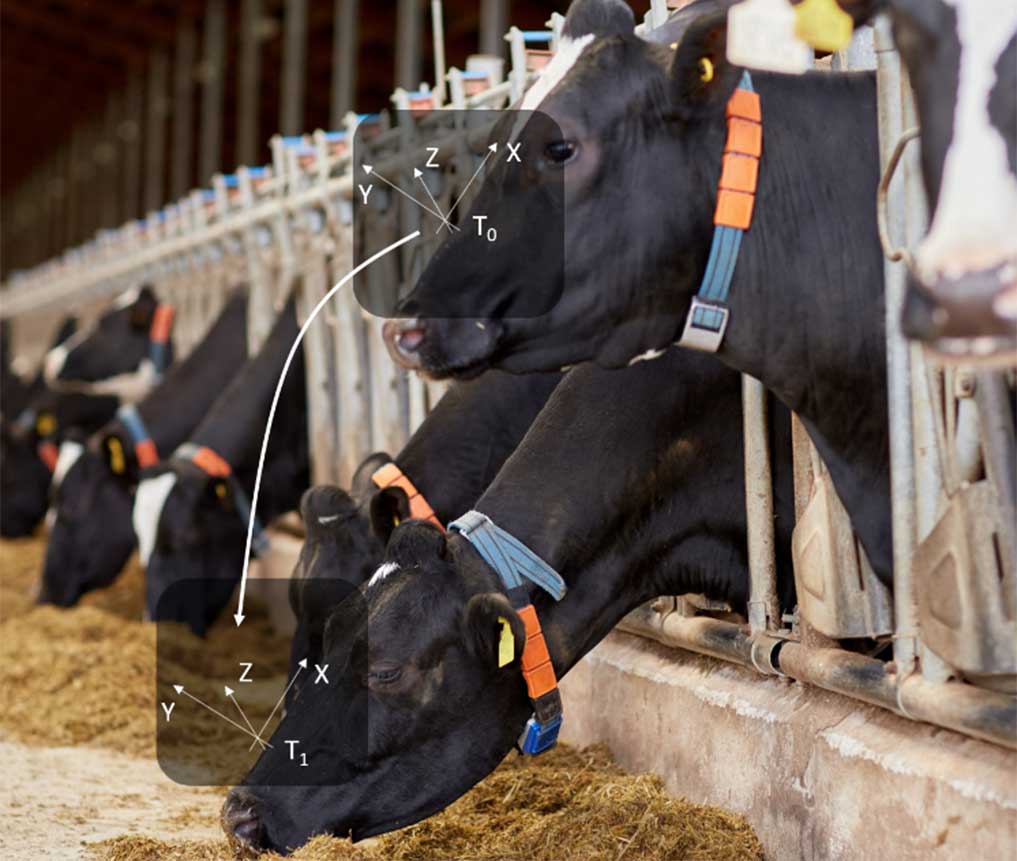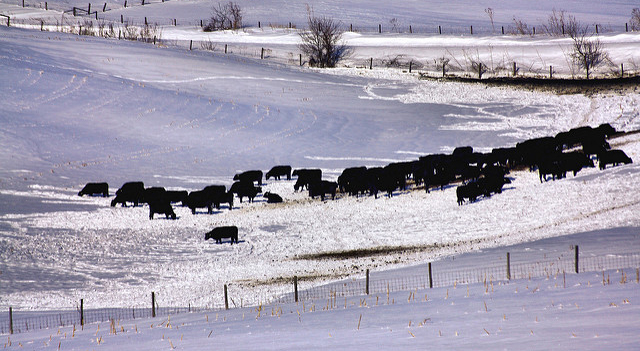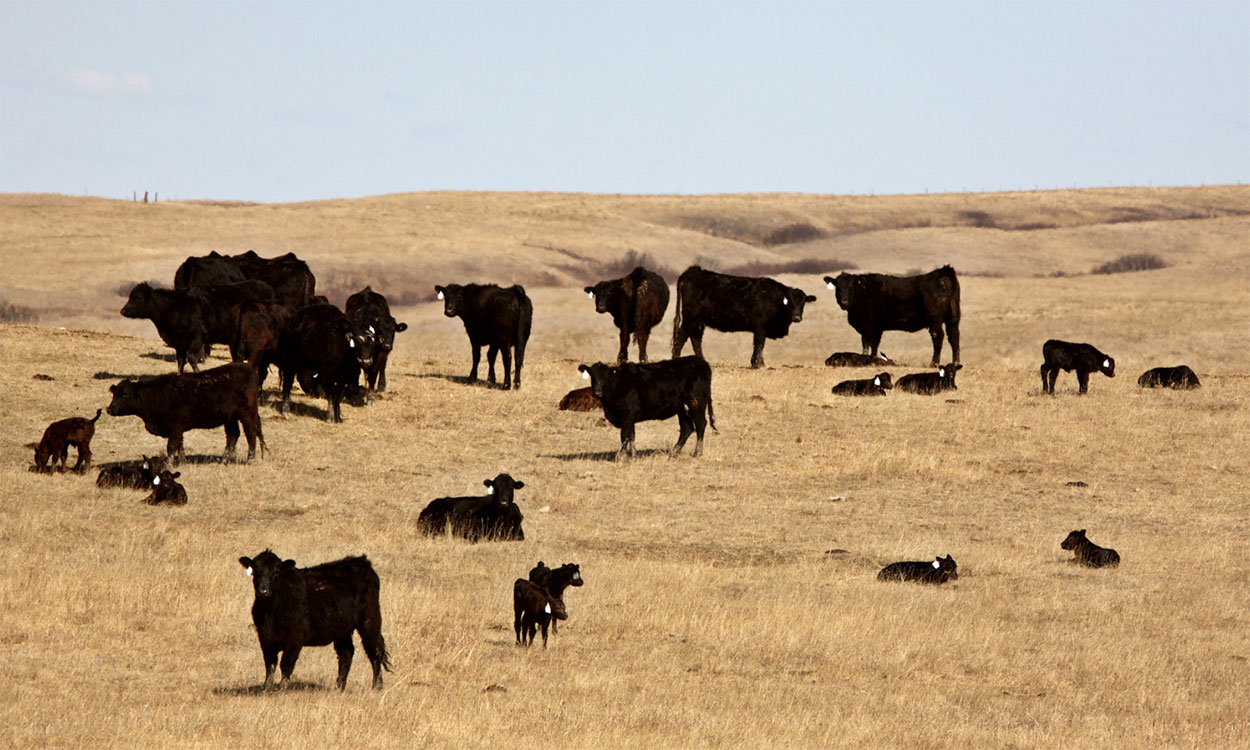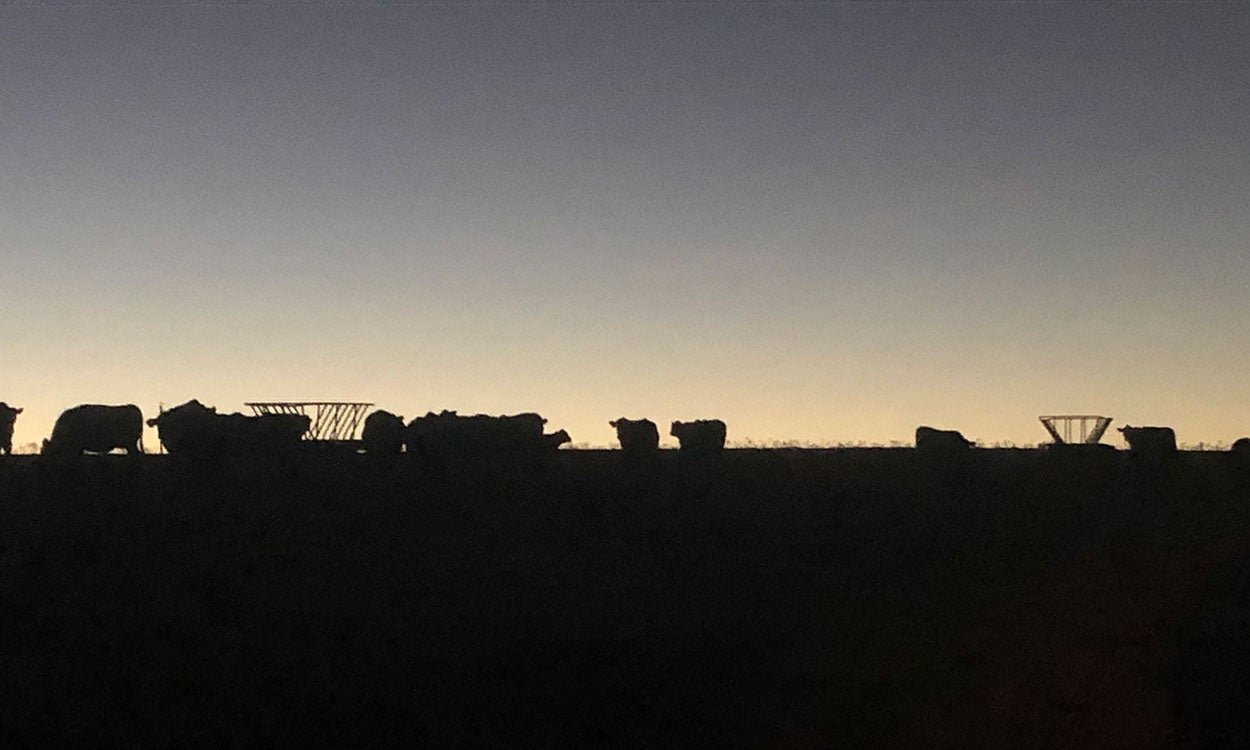Search

Farm Practices That Improve Soil Health: Integrated Crop-Livestock Systems
An integrated crop-livestock system can provide an alternative management strategy that benefits producer’s income, soil health, and the environment—all while increasing production.

Choosing the Right Custom Feeding Partner
Custom cattle feeding can be a “win-win” strategy when done correctly. Feeding someone else’s cattle provides a method to market feedstuffs without tying up the capital required to own the livestock.

Starting a Commercial Vineyard in South Dakota
Are you thinking of starting your own vineyard? This publication provides a brief overview of the issues you need to consider in determining whether grape growing might be a good fit for you.

Preparing Turkey for the Holidays
The holidays often involve preparing turkey. Planning ahead to safely prepare and roast a turkey will relieve some of the cooking stress associated with the holidays. Safe food handling is important for the health of you and your family.

Instant Pot 101
Pressure cooking is a popular cooking option as it cooks and tenderizes food quickly. The Instant Pot works by quickly heating contents of the sealed pot, resulting in a buildup of steam and pressure.

New Sensor Technology to Estimate Feed Intake in Lactating Dairy Cows
The use of sensor technology to advance the field of precision livestock farming is becoming more predominant in modernized dairy farms.

Nutritional Needs Prior to Calving
Nutrition during late gestation plays a large role on the future calf as well as the dam. It is during the last 60-90 days of gestation, or the pre-calving period, that impacts the calf’s survivability, long-term health and overall production.

iCook
Curriculum intended for out-of-school settings with the goal of promoting healthy lifestyles for 9- and 10-year-old youth and the adult who prepares their meals

Selecting a Calving Season Based on Matching Nutritional Needs and Resources
Choosing the calving season is a complex and highly individual decision for each beef cattle producer. A primary consideration in pasture-based cow-calf operations is choosing a calving season that will best match the forage supply to forage demand.

Feed at Night, Calve During the Day
As cattle producers begin thinking about calving season and management practices to ease the workload, night feeding is something to consider. Producers have questioned whether or not the time of feeding affects time of calving, and the answer is “Yes.”